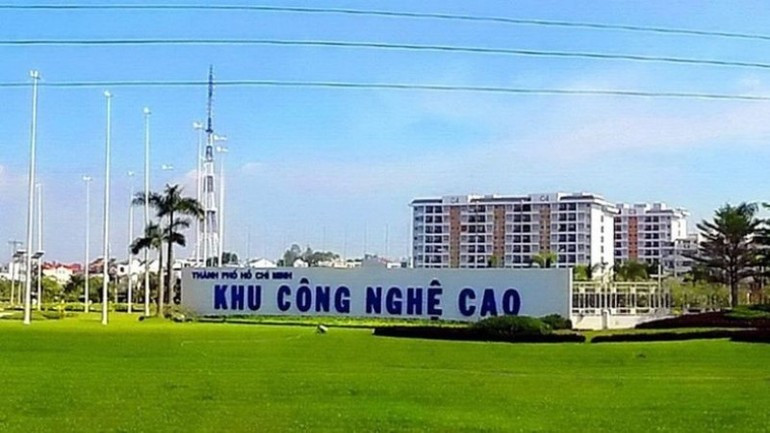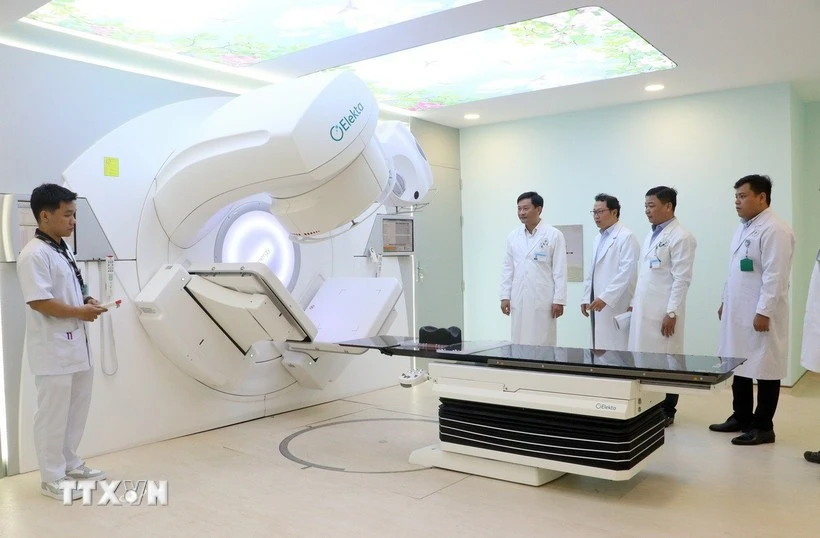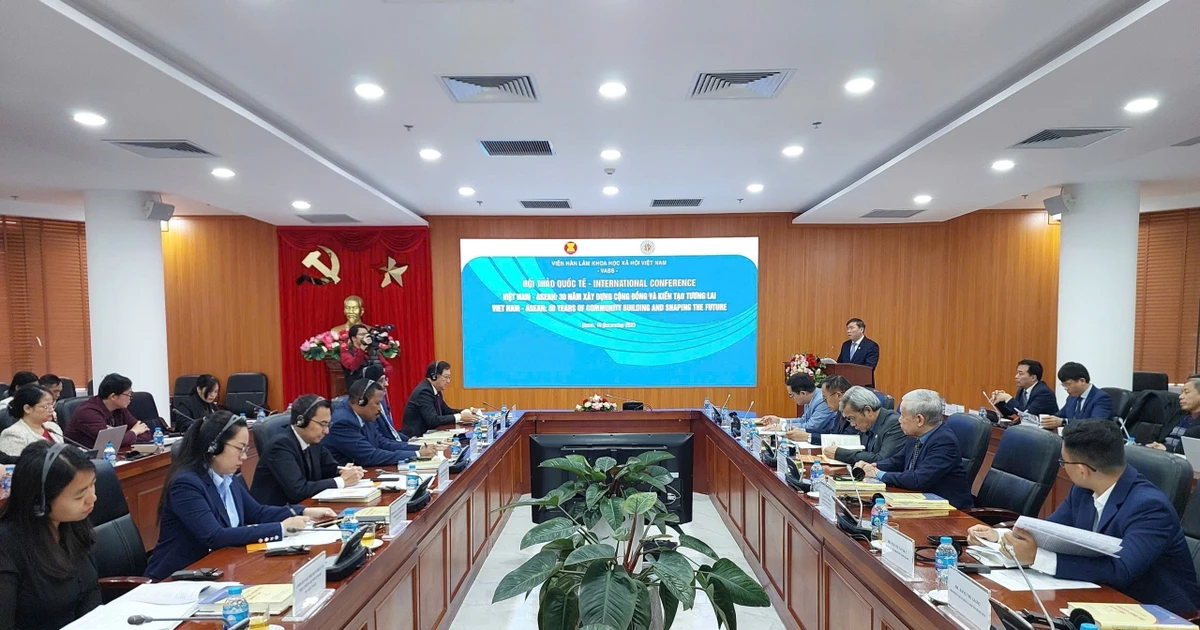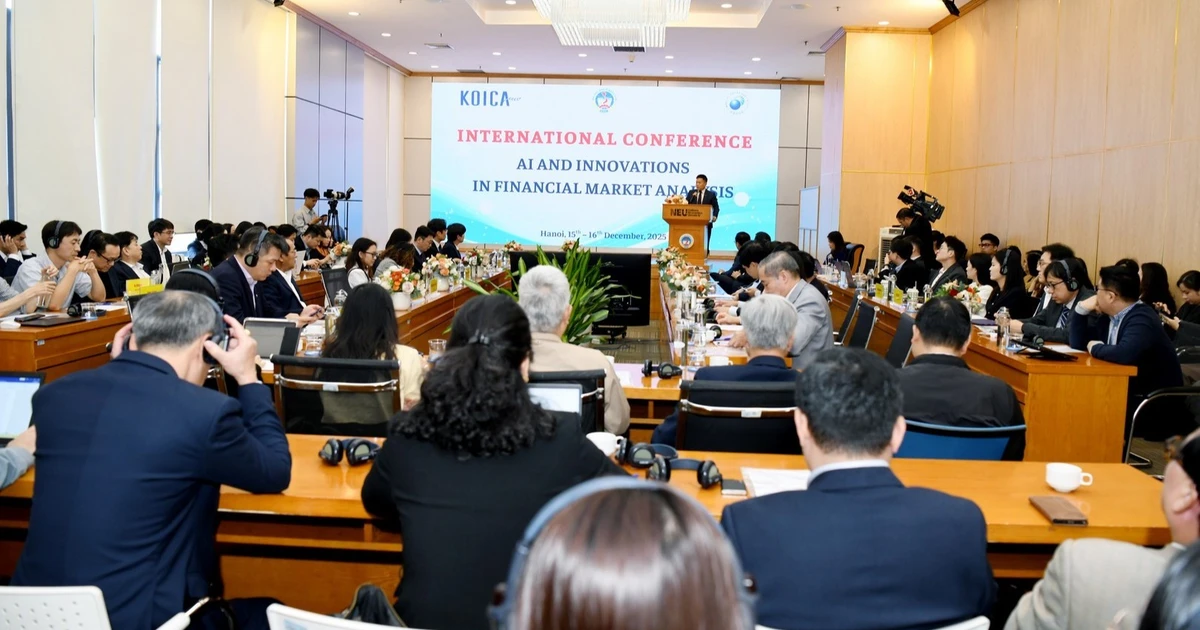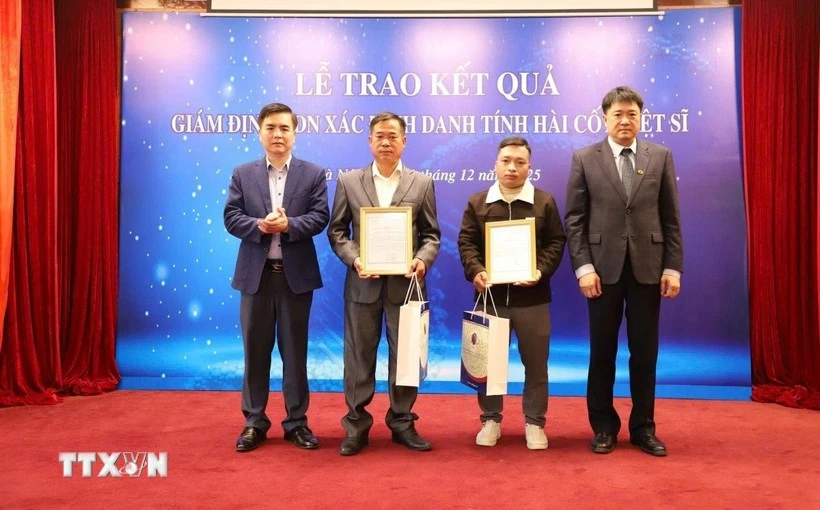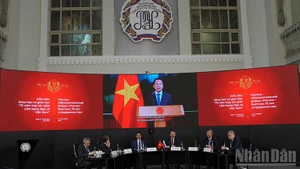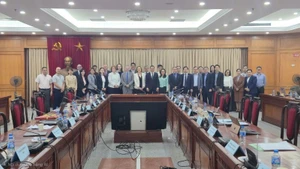Over the past 20 years, Viet Nam has maintained an average GDP growth rate of around 7%, among the highest in the region. However, this rapid economic growth has also led to a significant rise in carbon emissions.
In just the last decade, emissions have increased by 140%, with the industrial sector accounting for 54% of national energy consumption. Globally, the trend is similar, with more than one-third of total emissions originating from industry.
To reduce carbon emissions in industry, the net-zero industrial precinct (NZIP) model has emerged as an approach pursued by many agencies and research institutions. The NZIP model involves close coordination among stakeholders to cut greenhouse gas emissions and achieve net-zero targets within a defined geographic area.
Rather than allowing individual sectors, enterprises, or government agencies to act independently, the NZIP model fosters cooperation and shared use of infrastructure, technology, and investment capital. This collaborative approach drives the transition to renewable energy, improves efficiency, advances electrification, and generates practical and sustainable benefits for the entire system.
With a focus on local characteristics, the initiative targets five key industrial parks that together account for over 70% of total energy consumption among all industrial zones in Ho Chi Minh City: the Ho Chi Minh City High-Tech Park, Tan Thuan Export Processing Zone, Tan Tao Industrial Park, Hiep Phuoc Industrial Park, and Dong Nam Industrial Park.
In September 2024, the Climateworks Centre (Monash University) launched a programme to transition Ho Chi Minh City’s industrial zones into net-zero industrial precincts, following the signing of a memorandum of understanding with the Ho Chi Minh City Institute for Development Studies during the 5th Ho Chi Minh City Economic Forum (2024).
According to a recent research report by the Climateworks Centre, part of Monash University (Australia), a specific transition roadmap has been proposed to help Ho Chi Minh City, the nation’s leading economic hub, become a net-zero industrial precinct.
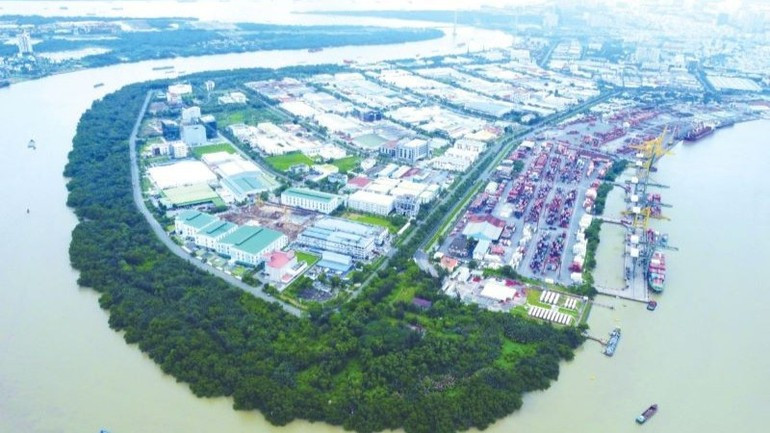
The report builds on a series of NZIP studies conducted in Australia and Southeast Asia, developed with the support of the Centre for Information, Consulting, Training, and Enterprise Management Science Application (CIT) under the Ho Chi Minh City Institute for Development Studies.
Khuat Tuan Anh, Policy Director of Climateworks Centre Viet Nam and author of the report, stated that NZIP initiatives open new opportunities for Viet Nam’s industrial sector to adapt and grow sustainably in the future while serving as a growth driver for the entire economy.
“The transition to a low-carbon economy through the NZIP model will become a new growth engine for Ho Chi Minh City, helping the city assert its regional leadership,” he noted.
Through energy infrastructure upgrades, production modernisation, and enhanced cooperation, NZIP zones can help local manufacturers strengthen their position in global value chains, attract green investment, and maintain Ho Chi Minh City’s competitiveness in the transition toward net-zero emissions.
According to Khuat Tuan Anh, Viet Nam’s average GDP growth rate of 7% underscores the crucial role of industry in achieving global net-zero targets by 2050. Implementing the NZIP model will enable industrial emissions reductions at the necessary scale and pace to meet this goal.
Ho Chi Minh City thus has the potential to establish itself as a regional leader in carbon reduction in manufacturing — where innovation and collaboration drive sustainable economic growth.
Founded in 2009, the Climateworks Centre focuses on bridging scientific research and climate action. The organisation develops specialised expertise and solutions to accelerate greenhouse gas reduction efforts and contribute to the global goal of limiting temperature rise to 1.5°C above pre-industrial levels across Australia, Southeast Asia, and the Pacific region.
